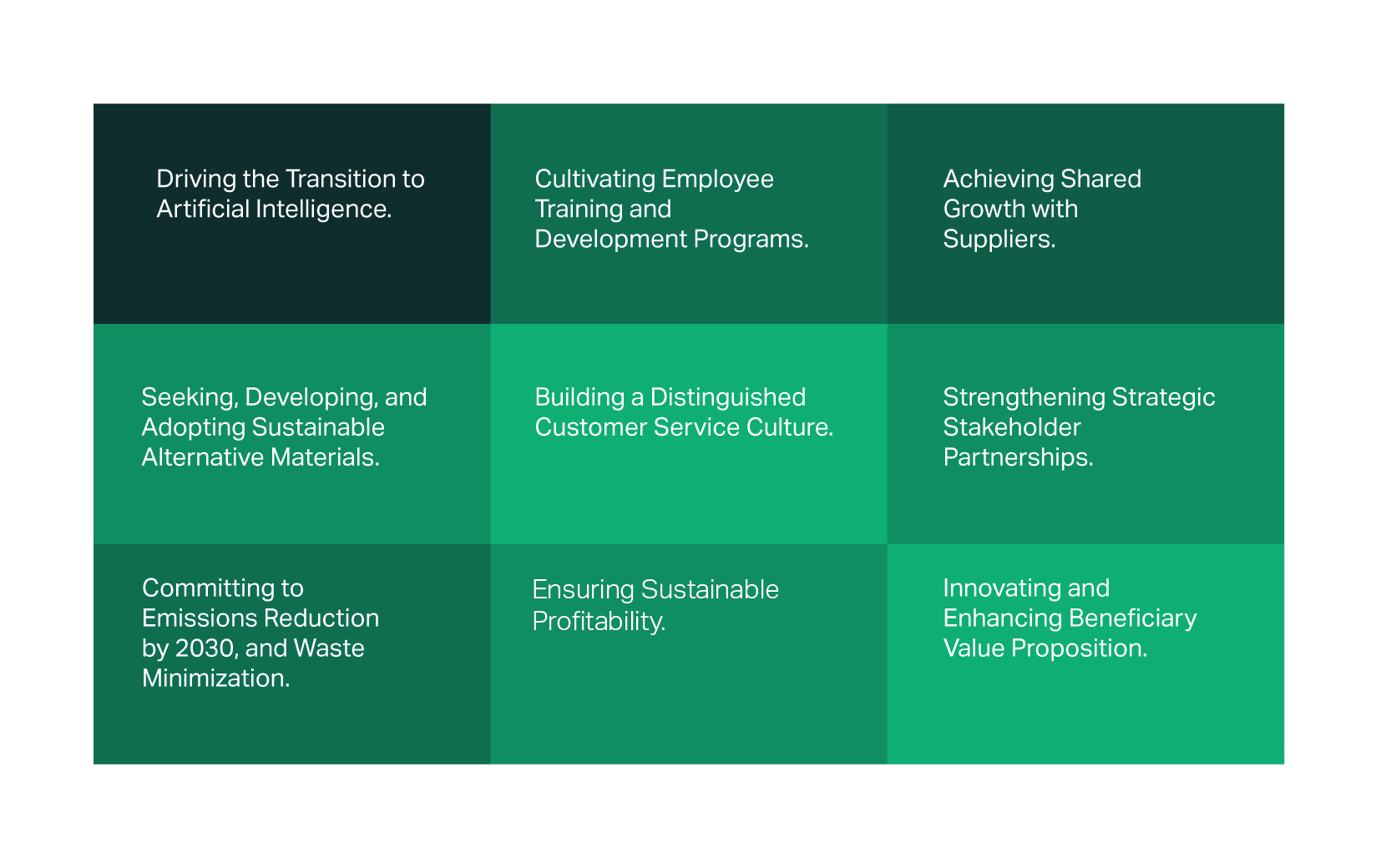In the fast-paced world of contemporary business, navigating the multifaceted challenges and demands can be overwhelming, especially for young and inexperienced directors. Yet, amidst this complexity lies the opportunity to strategize, aligning priorities, issues, and systems to secure not only survival but also competitiveness, agility, and resilience for the future.
Global trends are shaping a complex and challenging business landscape, demanding businesses to adapt and thrive in the face of resource scarcity, skills gaps, and the rapid emergence of new technologies.
Here are an illustrative examples of some challenges:
- Scarcity of critical materials (Gallium, Baryte etc.).
- Lack of specialized managers and work force.
- Continuously changing global priorities (environment, clean energy, Green Deal, and other issues).
- Transition to Artificial Intelligence, leading to millions of job losses.
- The need for Circular Economy and upcycling useless materials (for example Germany recycles 80% of concrete for new concrete at 30% old and 70% new materials).
- Increased costs ($1.5 trillion USD annual cost to prevent climate change).
- Strict regulations to prevent Global warming (for example, COP 28 estimated that if global temperature rises over 1.5°C between 2030 and 2050, it will negatively affect approximately 250,000 additional human lives).
- Geopolitical and economic challenges of certain states according to the World Economic Forum.
The first step in designing a winning strategy is to identify which issues are most crucial to the organization's mission and vision. Through a structured approach like Materiality Analysis, organizations can pinpoint their priorities, both short and long term, in navigating challenges.
However, to bring this strategy to life and translate it into actionable objectives, leadership must delve deeper and articulate specific strategic goals. These Strategic Objectives serve as the guiding principles that inform decision-making and drive progress.
Among these objectives are initiatives aimed at:
 These Strategic Objectives are not standalone; they must be supported by a series of Initiatives aimed at bringing them to fruition.
These Strategic Objectives are not standalone; they must be supported by a series of Initiatives aimed at bringing them to fruition.
For instance, initiatives related to upgrading personnel training may include:

Furthermore, to ensure progress and drive the organization towards its future, each Initiative must be accompanied by demanding Targets. These targets serve as benchmarks for success and must be monitored closely to track progress and adjust course as necessary.
The design of a winning strategy is a multifaceted endeavor that requires careful consideration, alignment, and execution. By identifying priorities, articulating specific objectives, and implementing targeted initiatives, organizations can navigate the complexities of the business landscape with confidence and drive sustainable growth and success.







